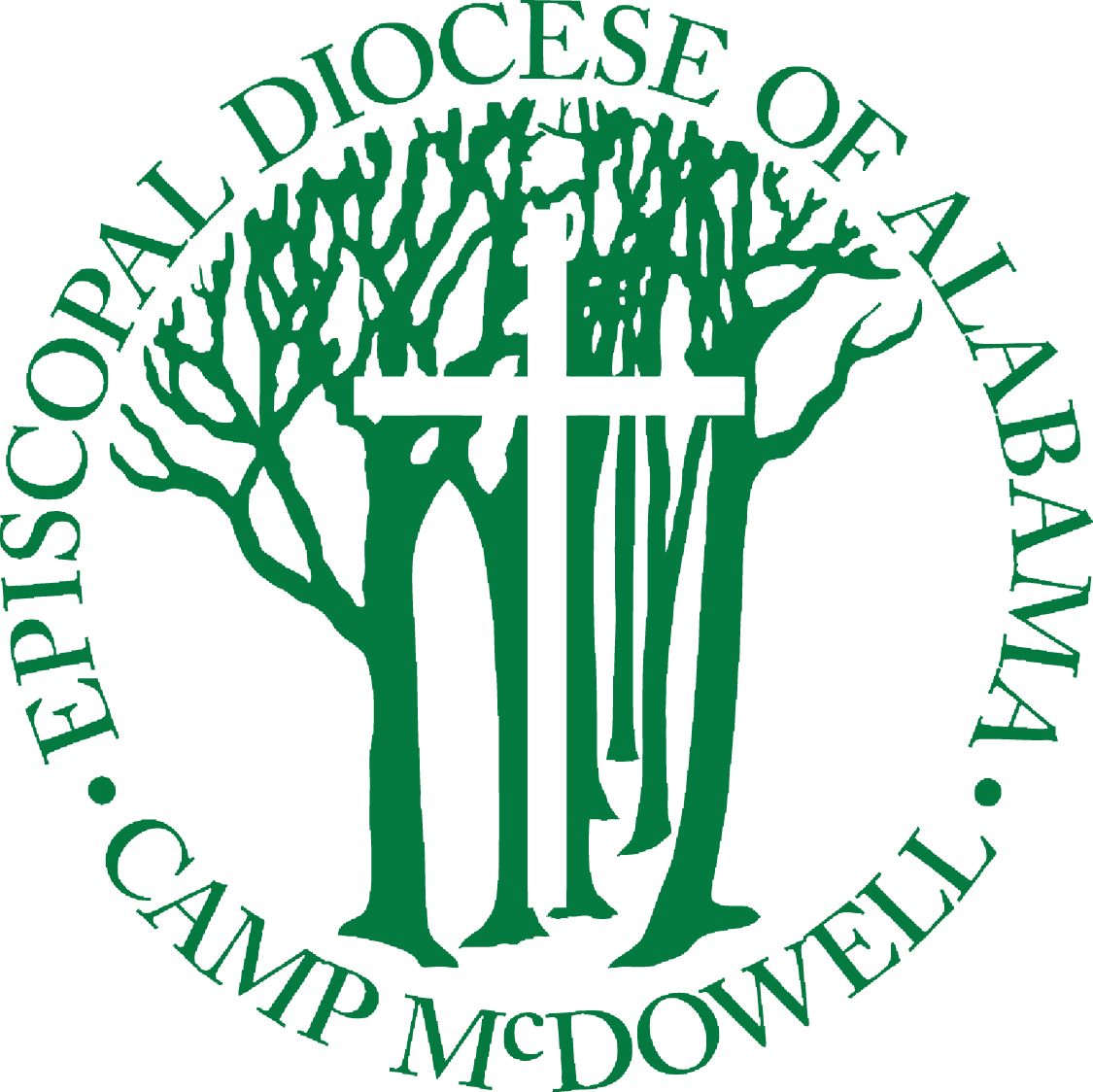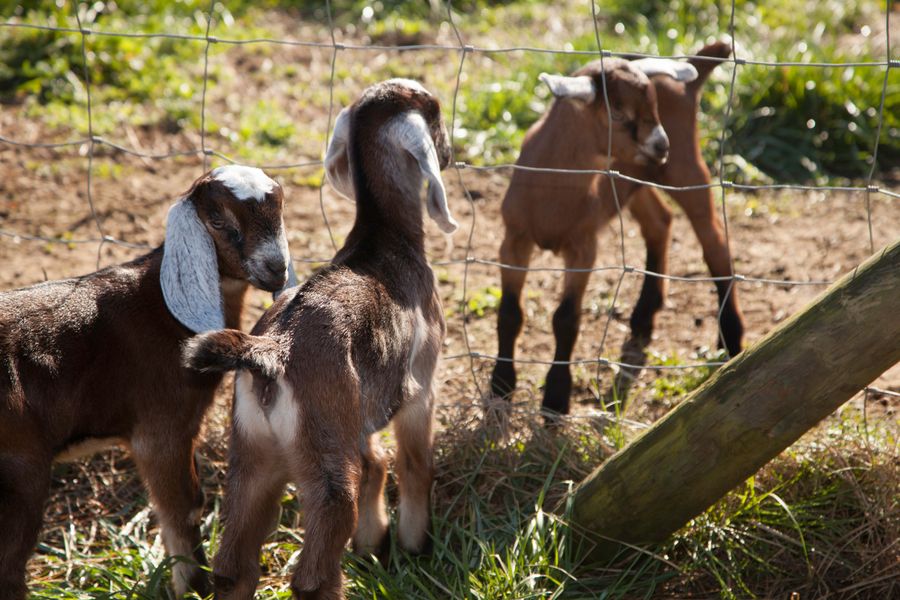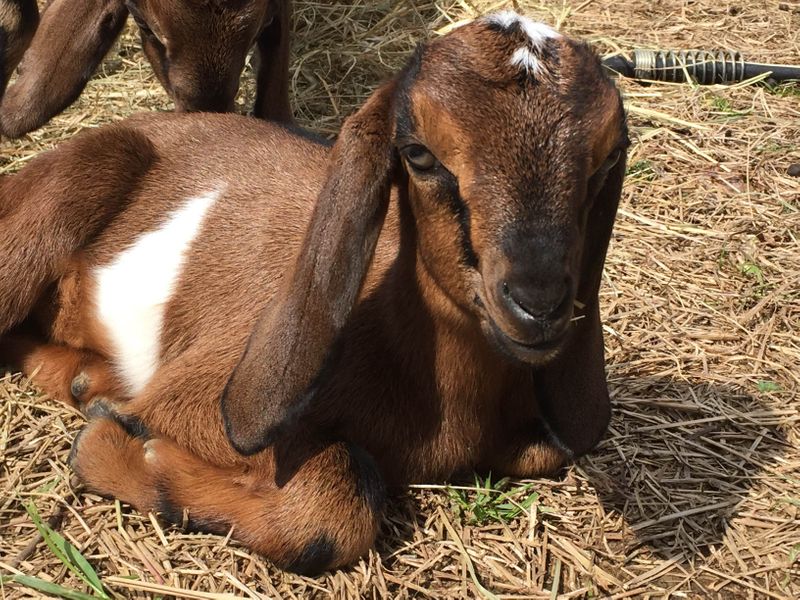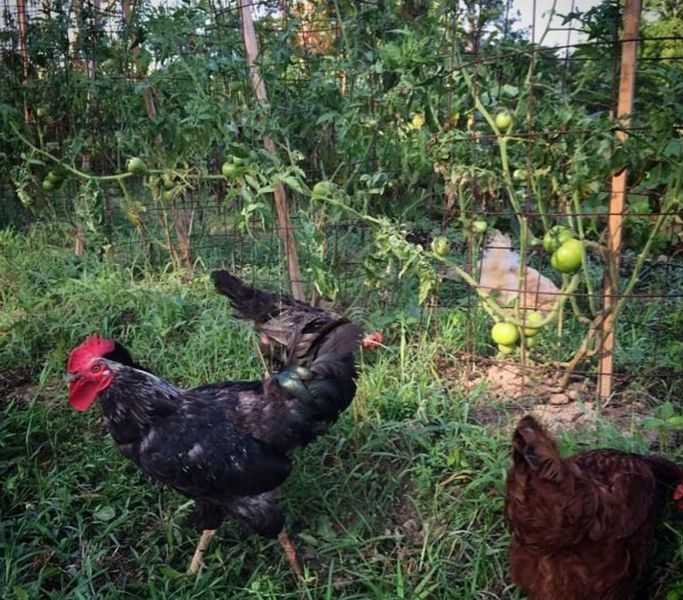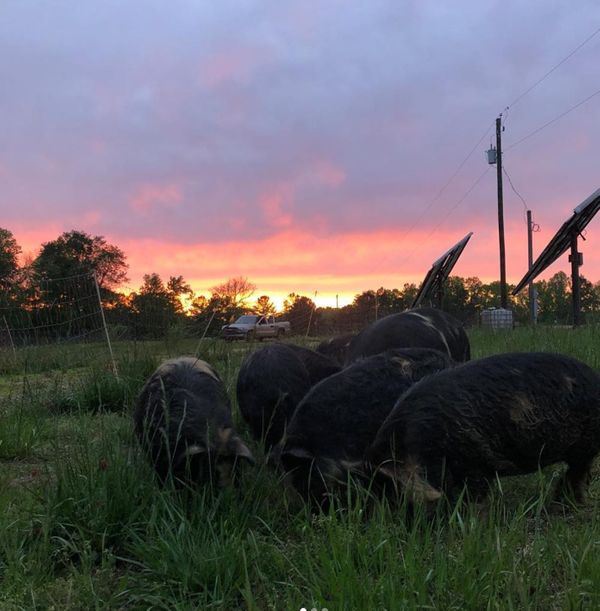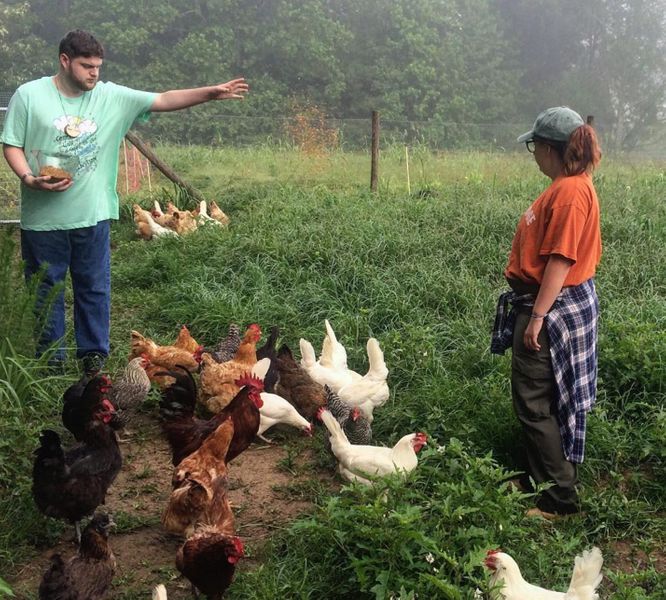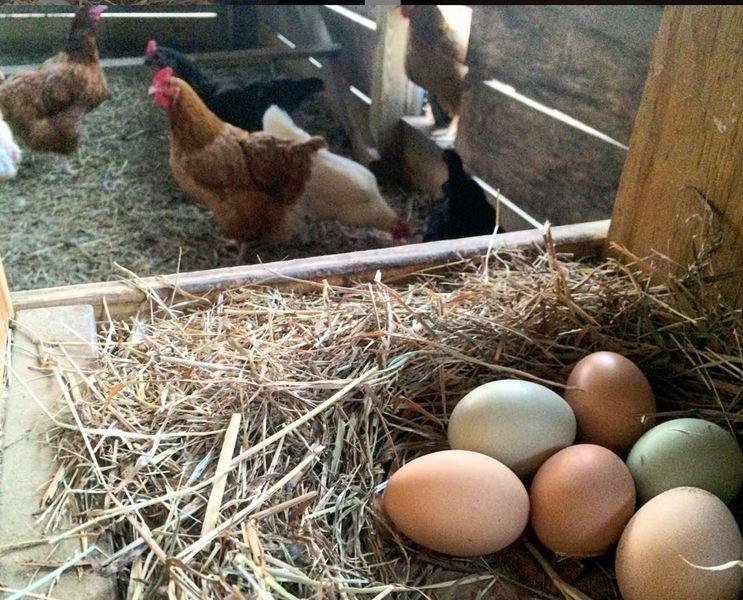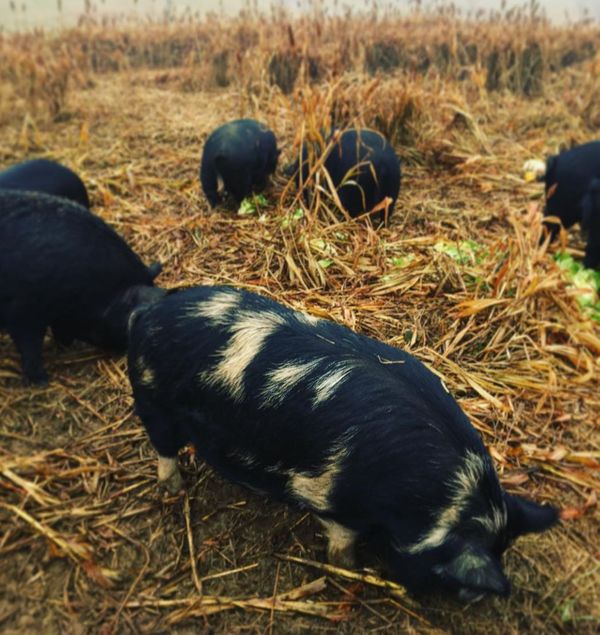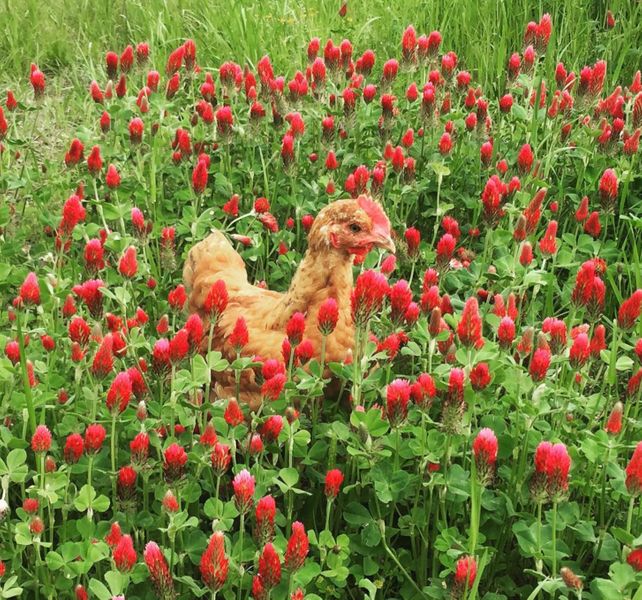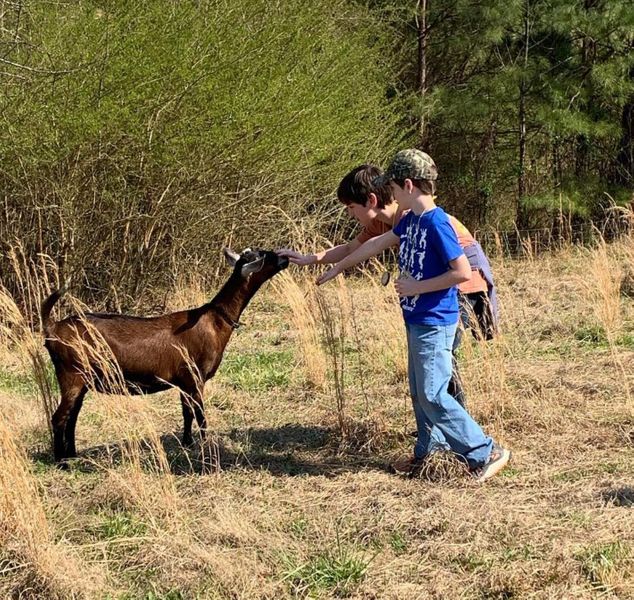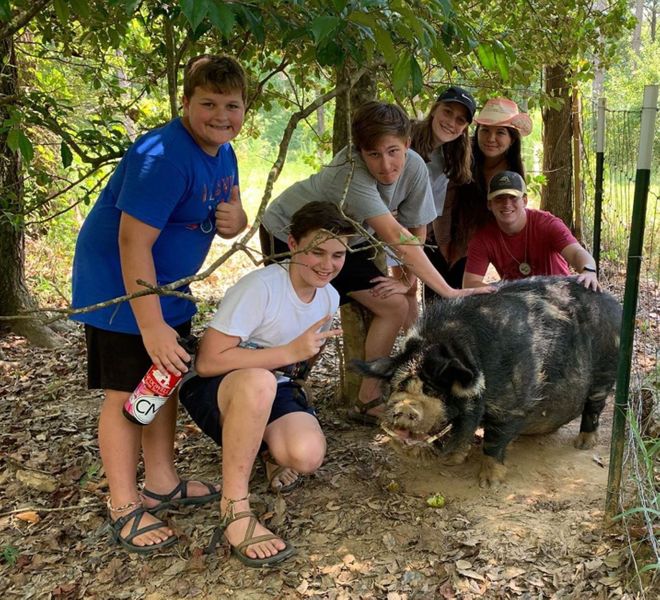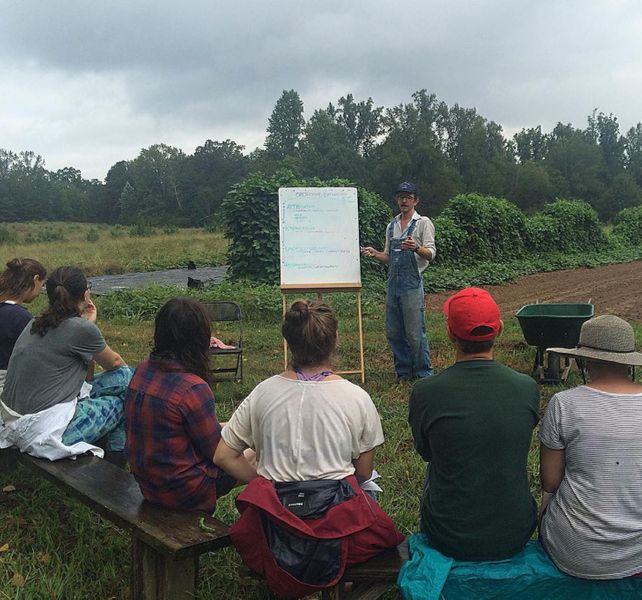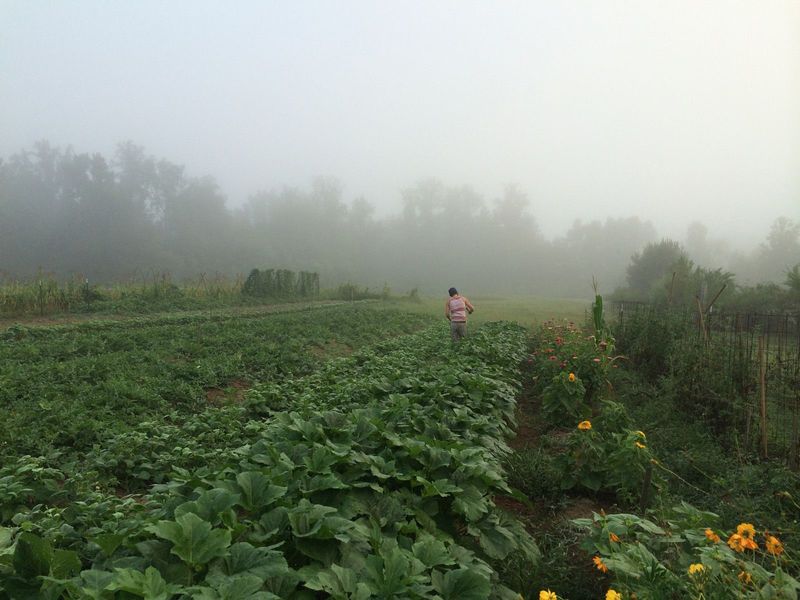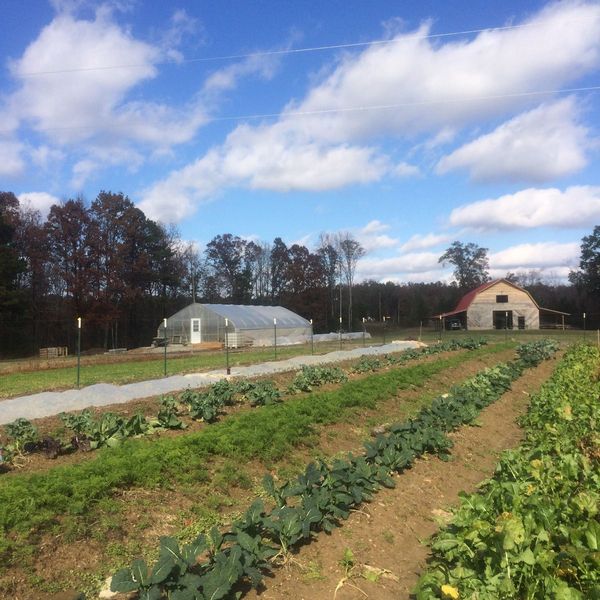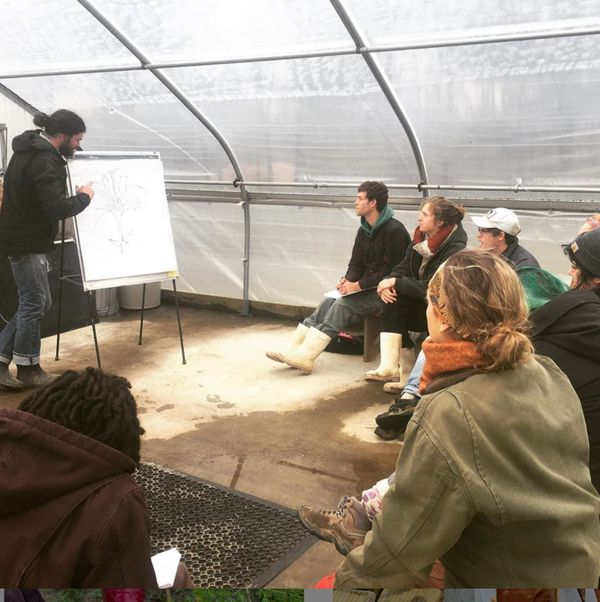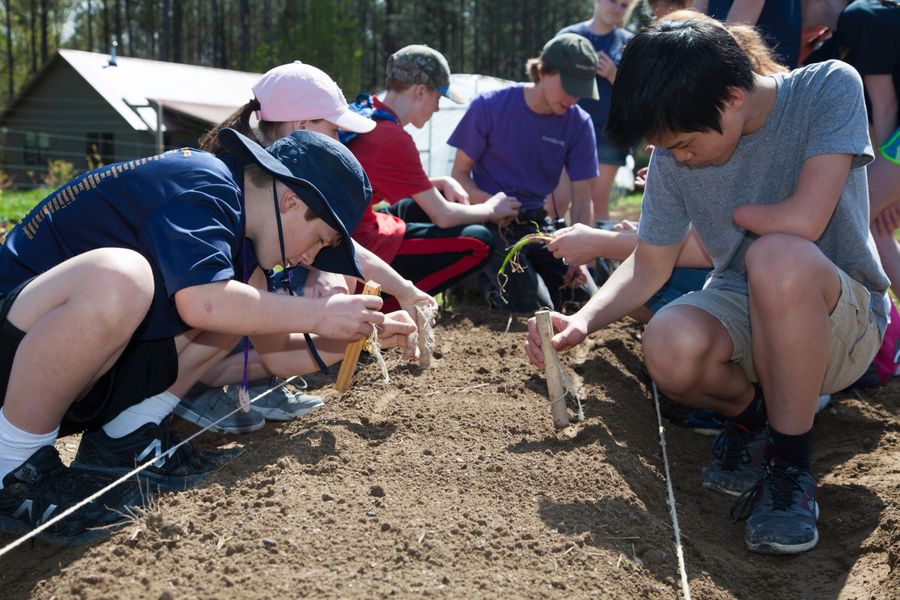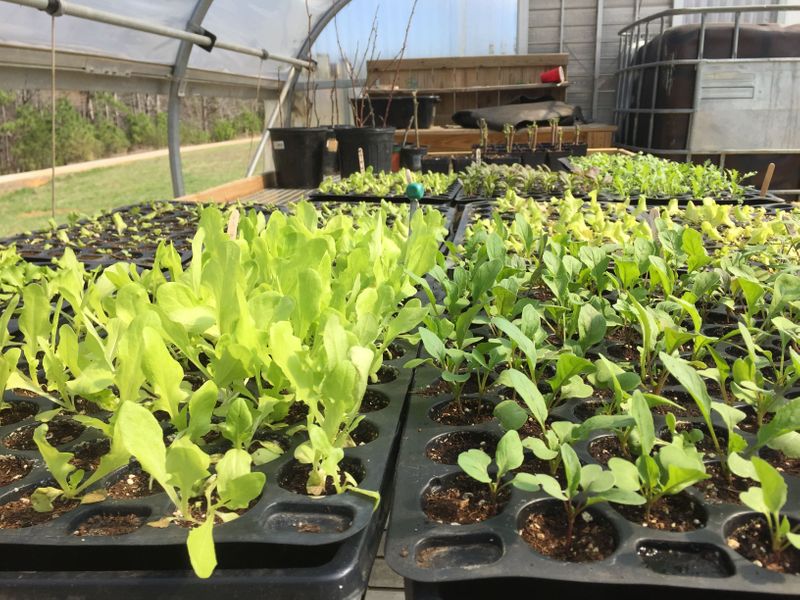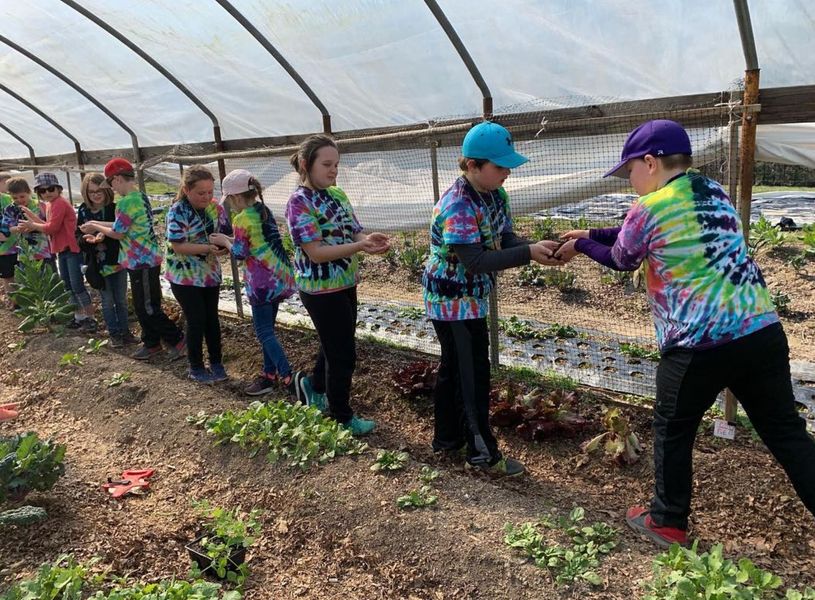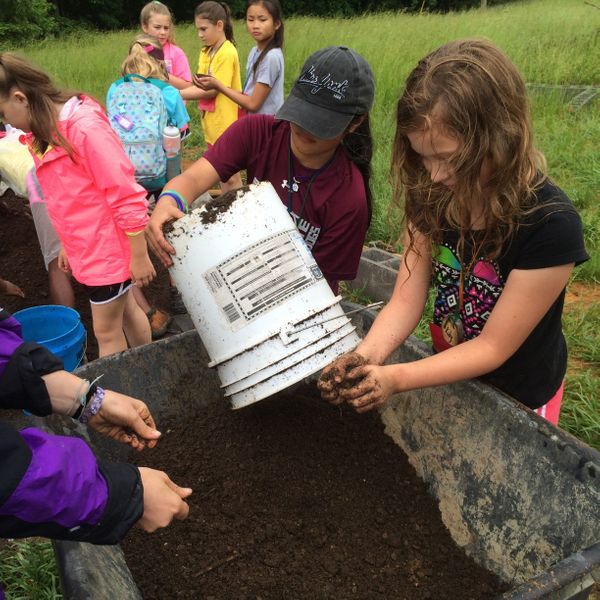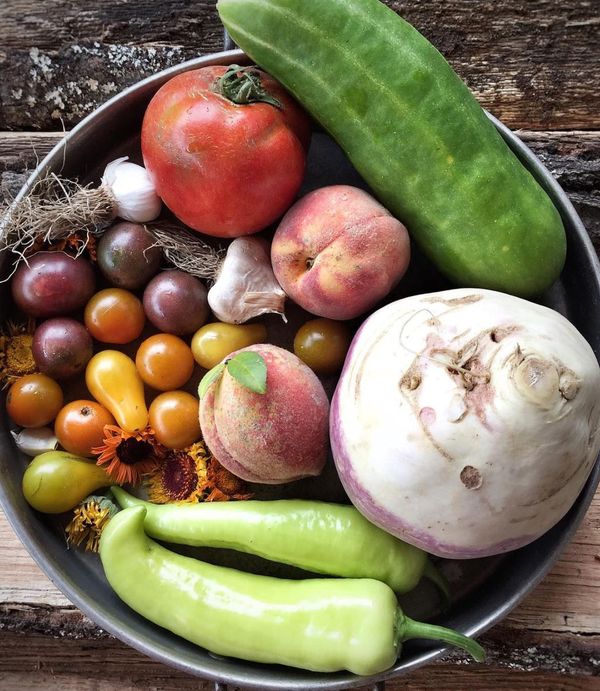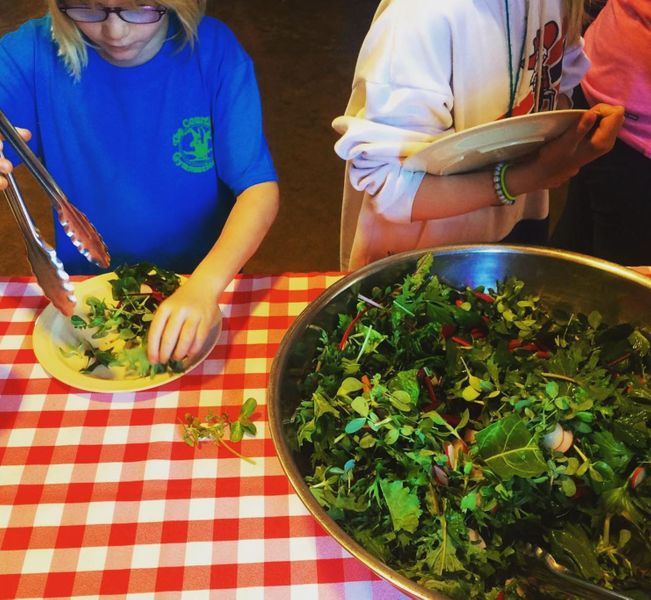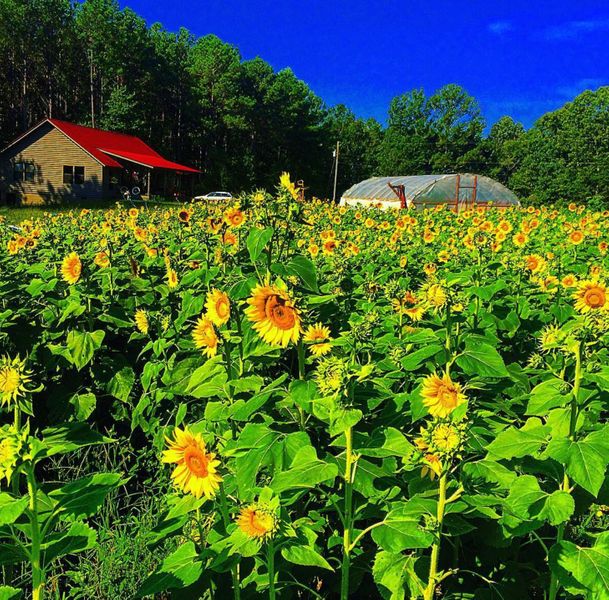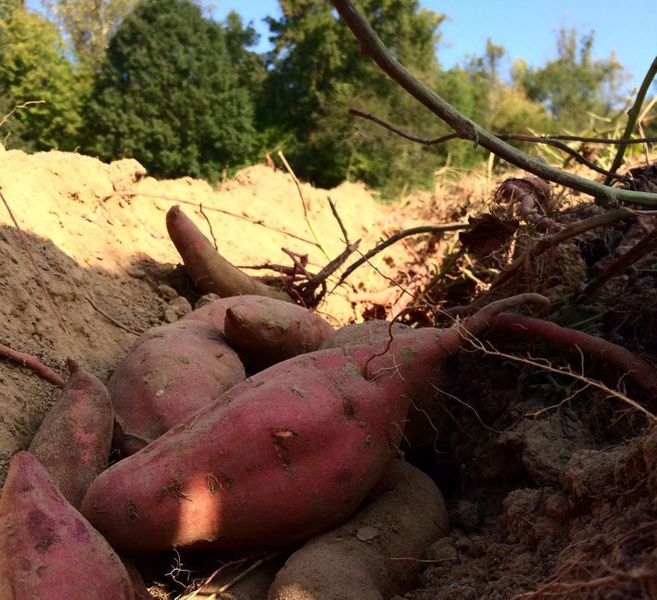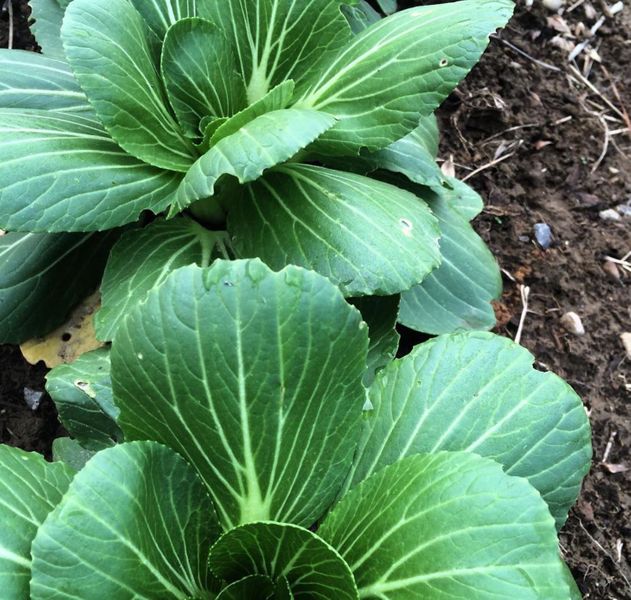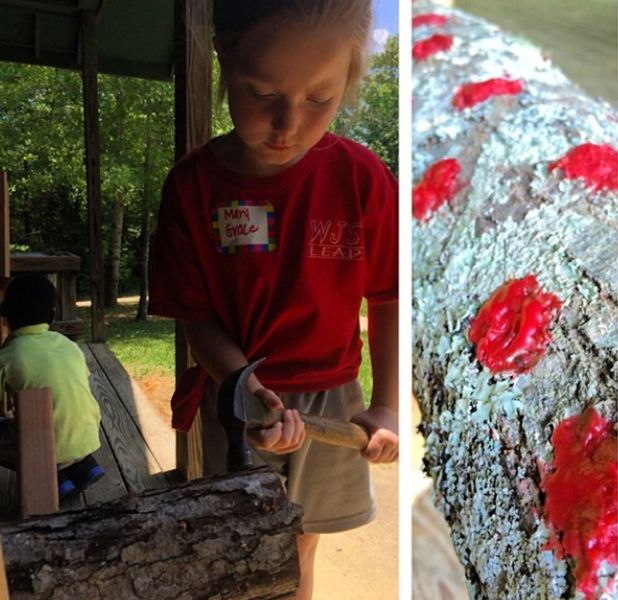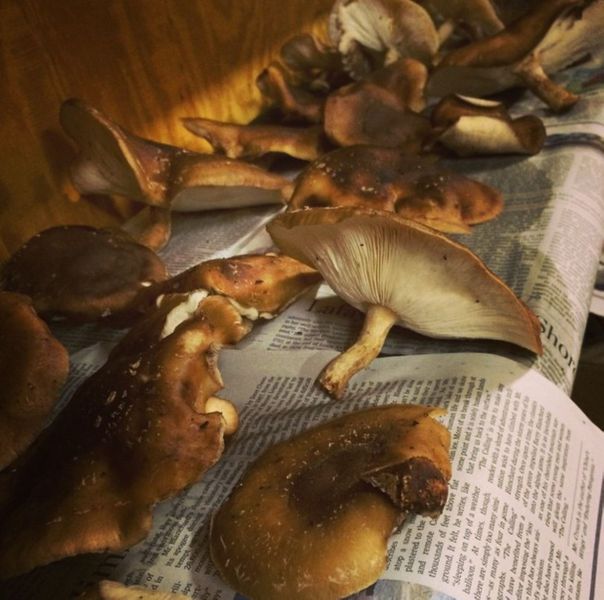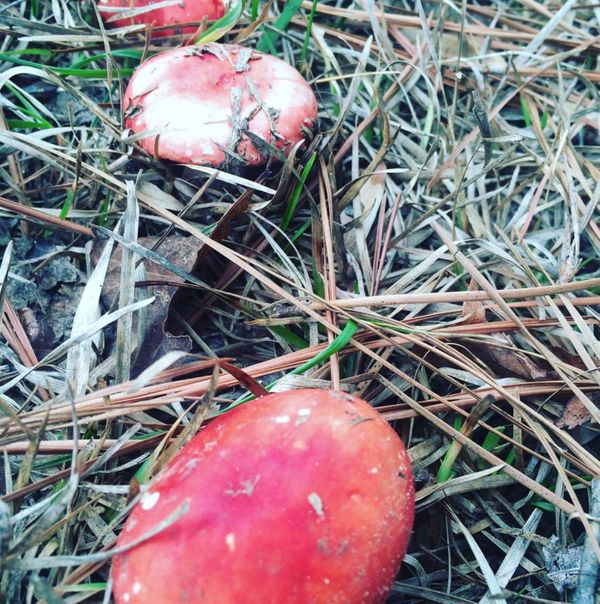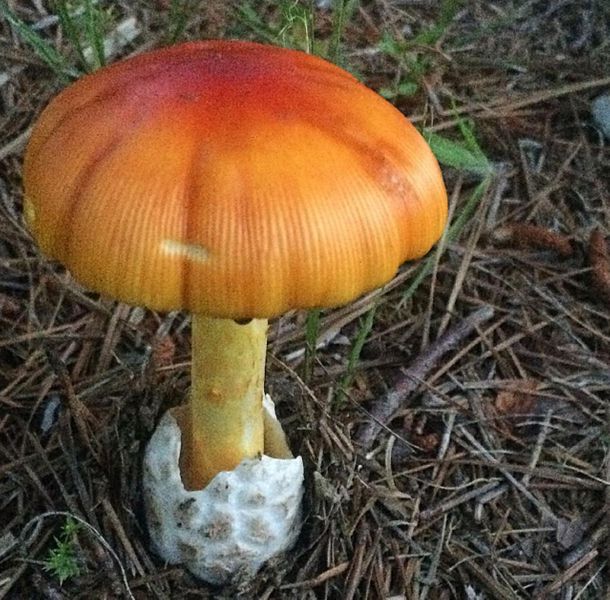
Creation Care
- 205-387-1806
- wonderful@campmcdowell.org
Agriculture
"Earth is here so kind, that just tickle her with a hoe and she laughs with a harvest." - Douglas Jerrold
Rotational Grazing
McDowell started using the method of rotational grazing since the McDowell Farm School was established in 2014. Rotational grazing is the practice of moving grazing livestock between pastures (a.k.a. paddocks) as needed or on a regular basis. Part of rotational grazing includes the practice of evaluating the nutritional and forage needs of the animals, assessing forage quality and quantity, and regulating the acreage of access and control which parts of the pasture(s) the animals have access to.
Many benefits are experienced with rotational grazing, including increased forage production, increased soil fertility, increased resistance to drought, less wasting of forage, and many more - including happier livestock!
Silvopasture
Silvopastures the deliberate integration of trees and grazing livestock operations on the same land. They use agronomic principals, typically including introduced or native pasture grasses, fertilization and nitrogen-fixing legumes, and rotational grazing systems that use short grazing periods which maximize vegetative plant growth and harvest.
Some of the benefits of Silvopastures are providing a cooler summer environment for livestock, providing shaded forage plants for livestock (which can be more nutritious), greater plant nutrient uptake efficiencies, and many others.
(Sid Brantly, Grazing Land Specialist, Kentucky NRCS)
Regenerative Agriculture
The methods described on this page all take a part in McDowell's Regenerative Agriculture practices. The following is information taken from Regeneration International, which can provide additional details:
“Regenerative Agriculture” describes farming and grazing practices that, among other benefits, reverse climate change by rebuilding soil organic matter and restoring degraded soil biodiversity – resulting in both carbon drawdown and improving the water cycle.
The key to regenerative agriculture is that it not only “does no harm” to the land but actually improves it, using technologies that regenerate and revitalize the soil and the environment. Regenerative agriculture leads to healthy soil, capable of producing high quality, nutrient-dense food while simultaneously improving, rather than degrading land, and ultimately leading to productive farms and healthy communities and economies. It is a dynamic and holistic, incorporating permaculture and organic farming practices, including conservation tillage, cover crops, crop rotation, composting, mobile animal shelters and pasture cropping, to increase food production, farmers’ income and especially, topsoil.
Composting
The soil of McDowell's farms enjoy the nourishment of compost that is continually "fed" by food waste coming from our three dining halls.
Compost (a.k.a. Black Gold) is decomposed organic matter. Composting is a natural process of recycling organic material such as leaves and vegetable scraps into rich soil. Compost is high in nutrients and promotes soil microbes that aid plant growth.
Compost helps tomatoes and other vegetables stand up to common diseases and may improve their flavor and nutrition, too. Compost also helps the soil retain moisture. Through composting, McDowell grows healthier plants while reducing our volume of trash.
Mycoremediation
Bioremediation is the use of either naturally occurring or deliberately introduced microorganisms or other forms of life to consume and break down environmental pollutants, in order to decontaminate the soil. Mycoremediation is a form of bioremediation that uses fungi (mushrooms) to do the job.
